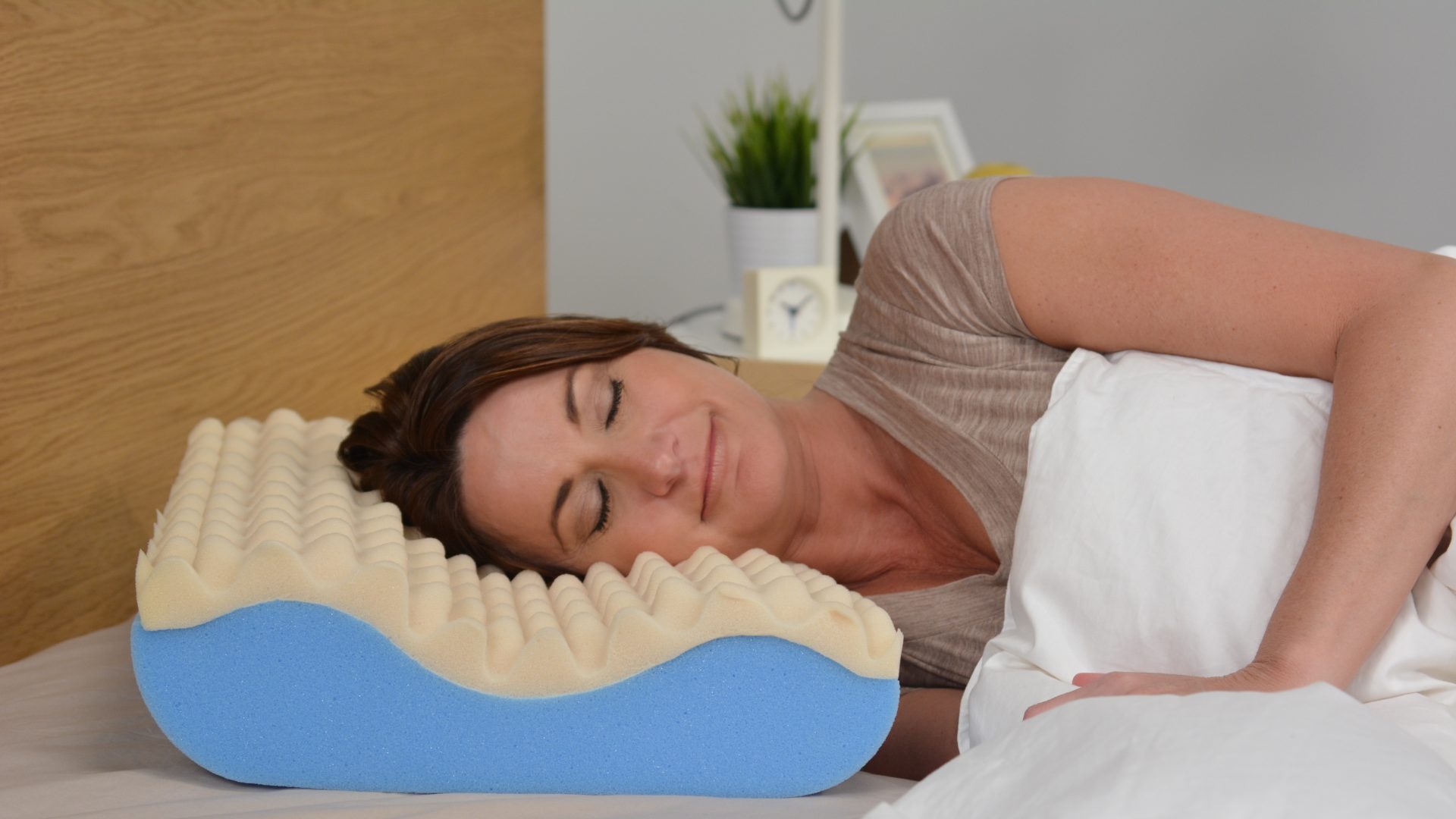By Dr. David Kisling
Optometrist
The causes of red eyes can often be a mystery. Patients have reported dry eye problems induced by CPAP machines. Obstructive Sleep Apnea Disorder causes interruption of breathing at night in short repeated intervals. The resulting low levels of blood oxygen saturation cause daytime sleepiness and fatigue. It is often accompanied by very loud snoring and the affected person may awake with “air starvation” several times in a night. Sleep Apnea can result in serious health problems and mortality if untreated over time. Continuous Positive Airway Pressure, or CPAP, is used as the standard of care treatment. A CPAP keeps the upper airway open by providing a constant flow of air delivered through a face mask or “nasal pillows worn while sleeping. Compliance is frequently reported to be low with CPAP machine due to various problems. Resolving these issues is critical to your well being and continued use of a CPAP machine.
Eye problems reported with CPAP therapy include dry eyes, red eyes, swollen eyes (skin around the eyes), and redness of the eyelids and face around the eyes. Any of these symptoms should be discussed with your Doctor who prescribed CPAP therapy and if needed you can request further help from your Optometrist.
You may be inclined to believe the origin of your dry eye, eye inflammation, pinkeye appearance, or swollen eye is caused by an allergy to the mask. Most masks today are latex free and made of silicone polymers. The incidence of true silicone allergy is almost negligible. Eye symptoms may be caused by a number of factors.
- A mask may be too tight exerting pressure on your face
- A mask may be too loose causing air to flow across your eye at night causing a dry eye simulate Dry Eye Syndrome. The primary difference is CPAP induced dry eye will be worse upon awakening and improve as the day progresses while Dry Eye Syndrome usually worsens as the day progresses.
- A worn or defective mask may leak
- Worn nasal pillows could start to blow air towards the eyes
- It is postulated the air pressure could induce dry eye by forcing the air through the tear puncta openings. Punctal plug occlusion by an Eye Doctor can be tried with temporary collagen punctual plugs to rule out this possibility
- Occasionally an individual will have dry eyes already or sleep with partially opened eyes which will make leaky masks more symptomatic. Treating the primary Dry Eye Syndrome is essential in this case and should be done in consultation with your Eye Doctor
- Some people may be more sensitive to the pressure of the mask under the eyelids on a repetitive basis and could benefit from using a different shaped masks on subsequent nights. The fit of a mask is so important this may be an option and your Doctor may need to use prescription ointments (usually after removing the mask)
- Supplemental treatment by your Eye Doctor may be needed for the Eye dryness, artificial tears such as Thera Tears, some prescription eye drops
- Your Optometrist may also prescribe eye treatment for the mask induced red eye conjunctivitis with eye medications like Patanol
Discuss your problems with your Doctor. Simple measures may be all you need. Readjustment of the mask straps, replacement of a mask, or changing the mask type could completely resolve your eye symptoms. If you can’t resolve your problems after your visit an eye exam with your Optometrist should be the next step.
Dr. David Kisling
Optometrist
Fort Collins, Co.
http://www.harmonyeyes.com

